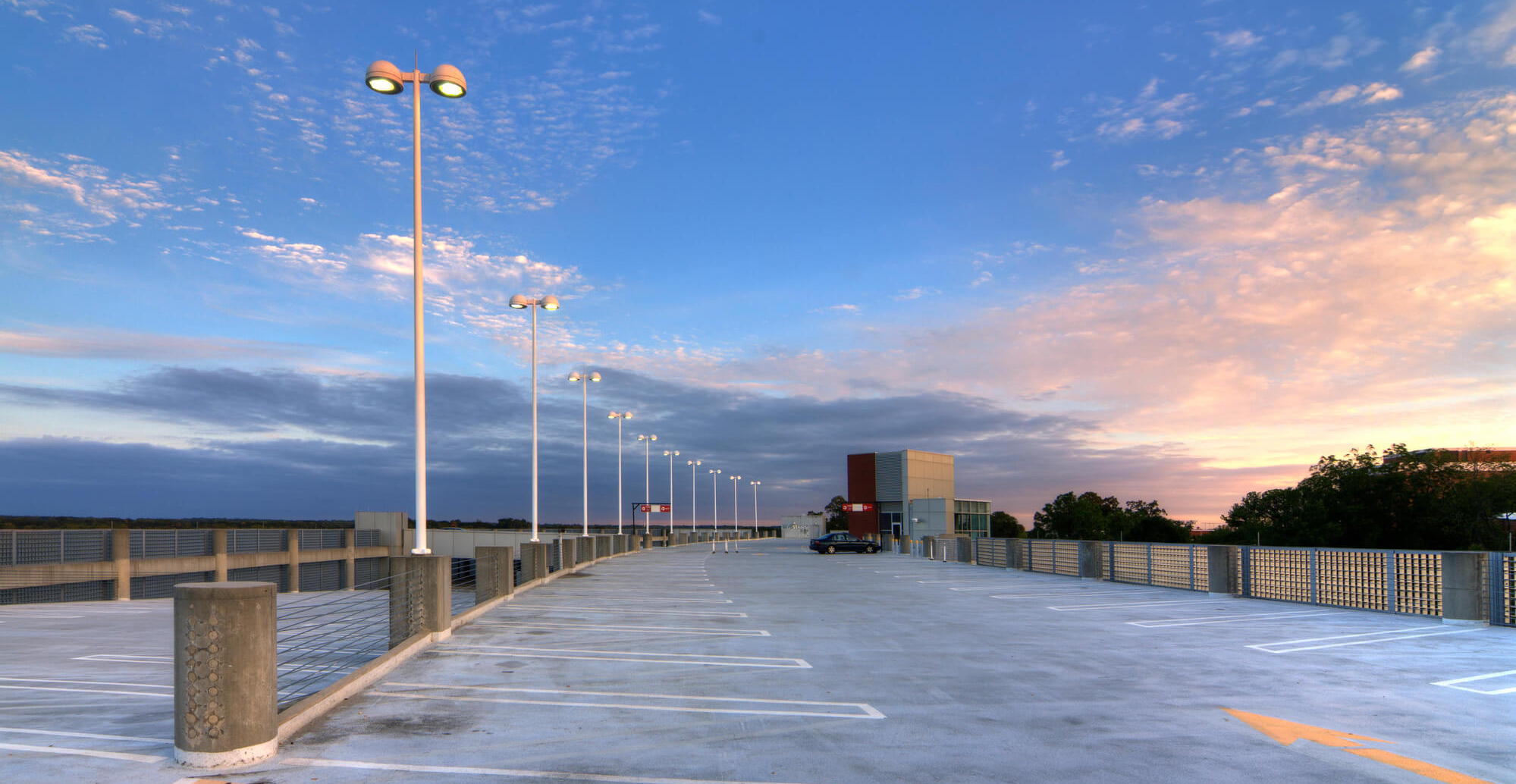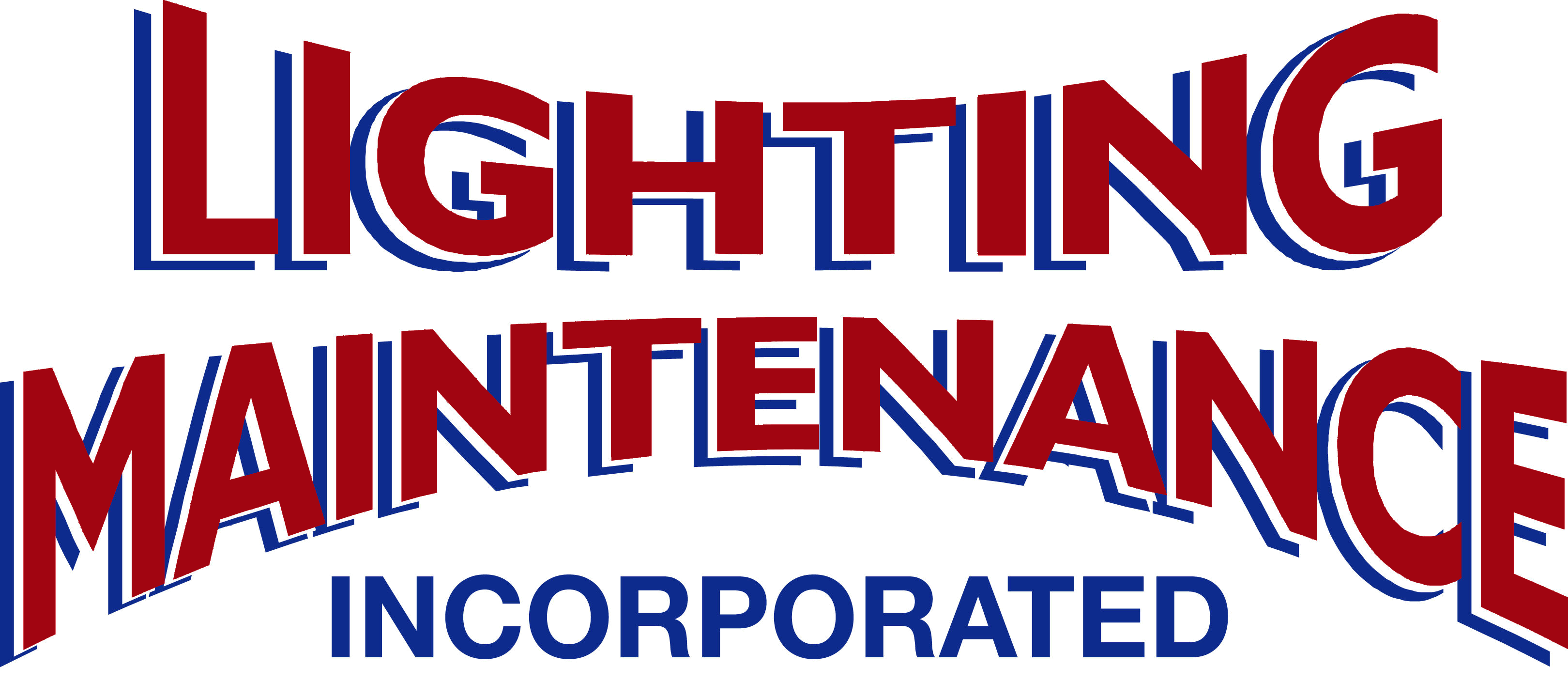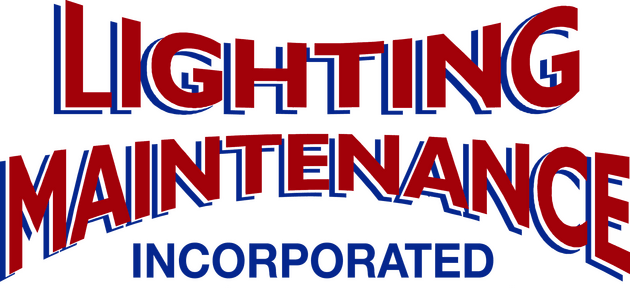29 May Understanding Light Pole Inspections and Maintenance
From neighborhood streets and parking lots, to store facades, light poles are an essential component to proper functioning. Light poles provide illumination to enhance visibility and safety in low-light situations as well as providing peace of mind and increased security for customers and neighborhood residents. Without adequate maintenance, light poles suffer from wear and tear, causing them to fail earlier than anticipated. It’s essential to incorporate light pole inspections into your regular maintenance and repair routines.
Why Are Light Pole Inspections Needed?
Light poles are subject to a wide range of conditions, from direct sunlight and freezing temperatures to inclement weather and high winds. We expect them to function correctly and optimally perform no matter what the weather conditions have in store. However, over time, fluctuating temperatures and inclement weather conditions cause damage and stress to the structures. Additionally, other threats such as small nicks, scratches, dings, and dents can factor into much larger issues.
Once a scratch forms, it exposes the underlying structure to moisture, dust, and other damaging materials. Eventually, corrosion sets in, and the poles’ physical structure is weakened. If left untreated, the corrosion could become so severe that the entire pole will fail. However, before that happens, it will become unsightly and unstable, detracting from the environment and increasing the risk to anyone who passes near.
The Lighting Pole Inspection Process
Light pole inspections are designed to cover the entire pole, from the base to the top. The goal is to ensure that each pole is structurally sound, the current exterior condition is documented, and the light is performing as designed without any safety concerns. Here at Lighting Maintenance Inc., we take pride in our work and ensure that every light pole is fully inspected for noticeable signs of damage. We also look for and identify less visible signs that could be related to corrosion. Our light pole inspection process includes the following:
- Base: We inspect the base for signs of damage and ensure that mounting bolts are secure and free of damage. Often, the base is the point where corrosion sets in because it is the most susceptible to scuffing, denting, scratching, and damage by passersby and vehicles. Different maintenance needs may be required depending on the surfacing material utilized when the light pole was built. Light poles can have a variety of surface materials, such as galvanized, painted, and anodized.
- Fasteners: We thoroughly inspect all fasteners on the light pole, from the base to the top. A single loose or damaged fastener could mean serious trouble. We double-check all fasteners and make sure to tighten any that are loose. Any fasteners that are damaged or missing are replaced.
- Covers: We double-check the base covers for damage, corrosion, rust, and other signs of deterioration or malfunctions. If our team notices any severe damage or missing covers, we ensure the base covers are replaced immediately.
- Arm and Fixture: The arm or fixture is commonly identified as the weakest part of a light pole because it is the portion of a light pole that is most likely to be damaged by high wind, debris, and inclement weather conditions. We check the arm or fixture to confirm that it is in good condition, all bolts and screws are in place and tightened, and any maintenance or repairs are completed promptly.
- All Inspections: During all inspections, our team of lighting experts is always on the lookout for underlying signs and proof of the following types of popular light pole damage:
-
- Broken welds
- Structural damage
- Foundation problems
- Excessive shaft deflection
- Excessive shaft vibration
- Nut loosening
- Intentional tampering
Light pole inspections are incredibly thorough, as many lighting professionals understand the importance of proper functioning. Routine maintenance will also help prevent stray voltage from occurring because any potential problem areas will be accounted for and resolved in a timely manner.

How Often Should Light Pole Maintenance Be Performed?
It’s recommended that light poles and lights are inspected on a regular and established schedule. Visual inspections should be performed every few years, with any necessary repairs made immediately. In addition to visual examinations, light poles also require ongoing ground resistance testing. This consists of regular checks and maintenance performed on the power supply and ground electrode or grid. All maintenance should be recorded, so all services are accounted for and easily accessible for review.
There are instances where non-routine maintenance may be required, such as if someone reports a problem or a failure of the light or pole occurs; having documentation of all past services will be beneficial. Regardless of the situation, immediate action must be taken to make sure the light pole does not cause further safety concerns, and the light remains operational.
Schedule Your Routine Maintenance Today
Light poles are an essential component to the proper functioning of neighborhood streets, parking lots, store facades, and more. Light poles help enhance visibility and increase safety for customers, employees, and residents in low-lit locations. Additionally, these individuals are provided with increased peace of mind and a heightened sense of security. Regular maintenance and observation of light poles is vital to proper functioning as fluctuating temperatures and inclement weather can cause wear and tear over time. Incorporating regular light pole inspections into your maintenance and repair routine is vital. If your light poles aren’t being professionally inspected and maintained, a disaster could be closer than you think. Contact our lighting experts today to learn more about our light pole inspections and maintenance services.




